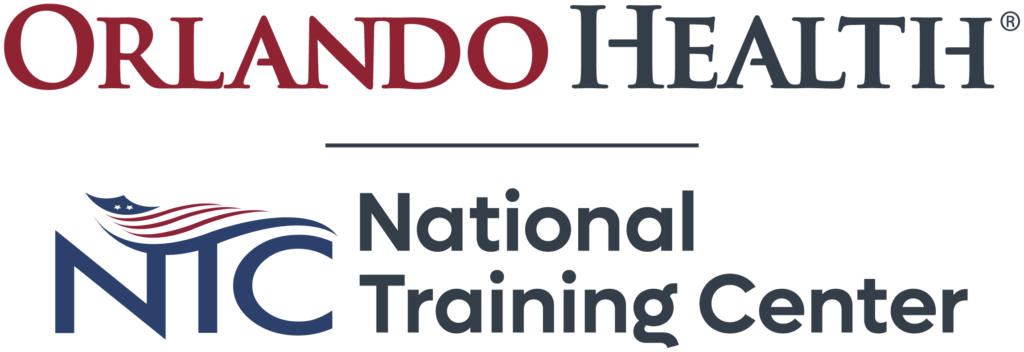

Kyndall Truett, ACSM-CPT, ACSM/ACS-CET
Exercise Specialist
Your heart is what keeps you moving. Think of it as your body’s engine. If something bad or harmful happens to it — if that engine weakens — your body simply can’t function in all the ways that it should. Just as you regularly take your car for tune-ups, why not maintain your heart in a similar way?
When it comes to proper heart maintenance, there are three rules to live by: Exercise often, establish a lifestyle of healthy food choices and work toward lowering your stress level. Consistently doing all three ensures you are being necessarily kind to your heart. It means your body will be at less risk for developing chronic disease. It also will lessen your risk for a stroke or heart attack.
1. Exercise Is Right
Both blood pressure and cholesterol are related to the blood. Blood pressure is the force of blood circulating within the walls of our blood vessels. Cholesterol circulates in the blood and is not necessarily bad, as it helps cells to function. Having too much cholesterol is dangerous, if excess amounts build up in the walls of our arteries.
When you exercise, you improve your blood pressure by allowing the blood to pump more efficiently throughout your body. It helps lower the bad cholesterol (LDL) and potentially reduces your weight (having high amounts of body fat increases LDL). Exercise pushes cholesterol (a waxy plaque buildup) out of those arteries, allowing blood to flow more readily.
Try to participate in some form of cardiovascular fitness at least 3-5 days per week, as The American College of Sports Medicine (ACSM) recommends. Exercise at a moderate intensity pace. You can do so in a variety of ways, whether it’s walking, riding a bicycle, swimming or dancing for 20-60 minutes, anything that gets blood pumping through your veins. Try between 8-10 different muscle-strengthening exercises as well, making sure to target all large muscle groups, the ACSM recommends. Supervised workouts like personal training or joining with a friend can help with motivation.
When you make cardiovascular fitness and strength training regular habits, it helps improve your blood vessel health, reducing the risk of cardiac conditions.
2. Please Pass (on) the Salt
Salt isn’t necessarily bad; our bodies use salt to maintain normal function. Having more than we need, however, can be dangerous. In fact, consuming high levels of dietary sodium can lead to stroke, a heart attack or congestive heart failure. My advice for lowering that risk is simple enough: Reduce the amount of salty foods in your diet.
Try avoiding canned and frozen foods that contain salt. Become a food-label sleuth and look for labels that specifically say, “No Salt.” Also make sure you cut out as much processed food, which has hidden salt ingredients, as you can.
The DASH Diet (Dietary Approaches to Stop Hypertension) is an ideal low-salt lifestyle pattern to follow. DASH cookbooks have recipes and food that help prevent and control high blood pressure. They are great resources, as their goal is to help you remove as much sodium from your diet as possible.
Other positive changes you’ll experience by cutting down on your salt intake include retaining less fluid and staying better hydrated too!
3. Cut Out the Stress
If your doctor tells you that you have high blood pressure, one of the things they will recommend is that you work toward managing the stress in your life. Practice deep breathing, meditation or consider mind and body fitness, which includes tai chi and yoga. These will help calm your mind and can help lower blood pressure.
